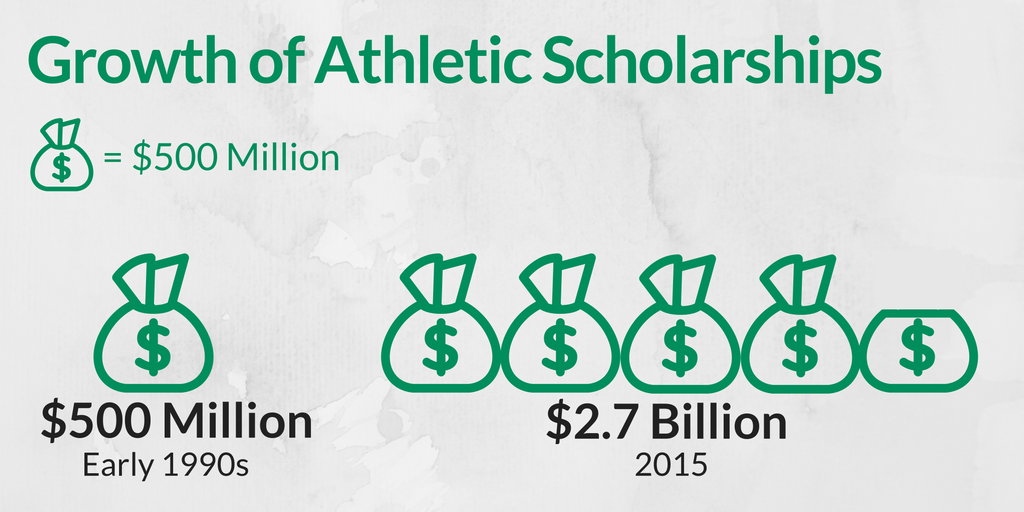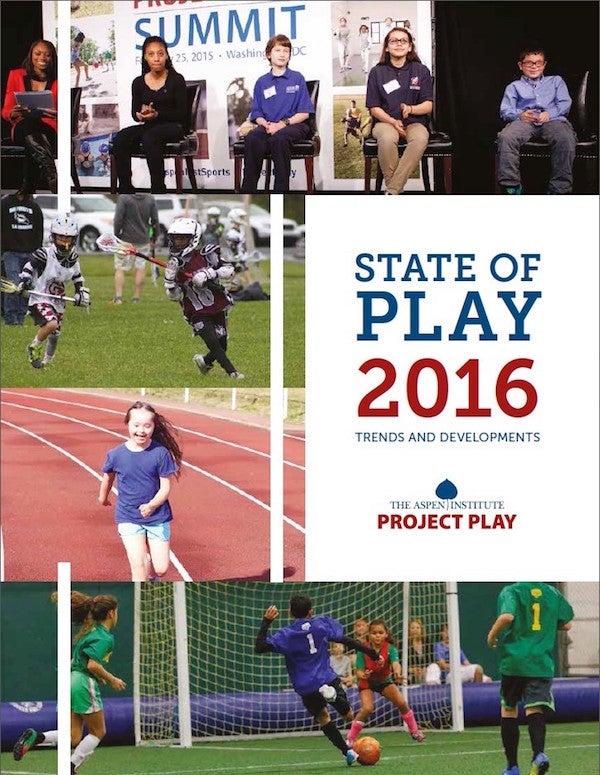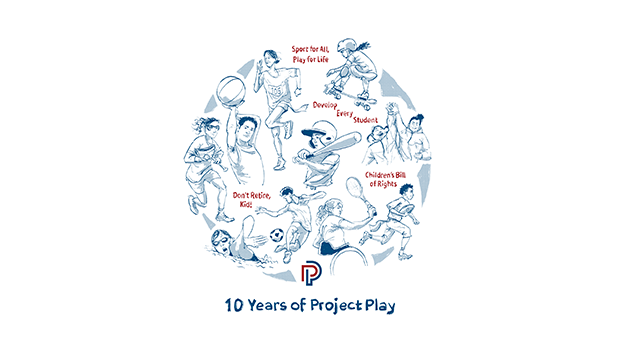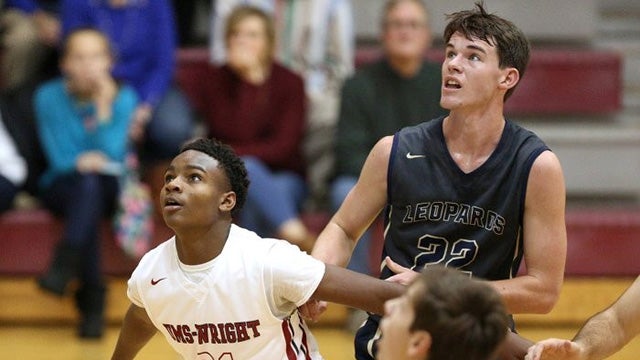As the fall athletic season officially begins, questions about the National College Athletic Association’s (NCAA) role on campuses continues to fuel a national discussion. Concussion safety. Academic integrity. Scholarship funding. Sexual assaults. The NCAA plays a pivotal role in confronting these issues, and in shaping the United States’ athletic culture both on and off the field.
Aspen Institute Sports & Society Executive Director Tom Farrey interviewed NCAA President Mark Emmert on how the organization can respond to these challenges, while at the same time setting policies that contribute to a healthier society. The majority of the conversation looked at how the NCAA could set rules and guidelines for colleges and universities that would offer the healthiest and safest environment possible to current athletes and youth athletes who aspire to one day play at the college level.
One of the major tensions in college sports today exists between celebrating athletic achievement and making sure that the ways younger athletes reach these heights are both safe and fair. As Farrey explained, the modern-day “chase of the athletic scholarship” has heightened, especially as the scholarships offered have become increasingly lucrative. In the last 25 years, the total amount of financial aid offered through athletic scholarships in Division I and II sports has increased from around $500 million annually in the 1990s to $2.7 billion today. As a result, youth training programs and societal pressures on youth to gain access to those opportunities have intensified.

Looking at the example of a college football player, Emmert explained the current health and safety challenges one could face, and detailed what the NCAA and its partnering organizations are doing to combat them.
“[Student-athletes] are coming into college now with so much more experience than a typical high school kid would have, because they have been playing quarterback 12 months out of the year, they have been going to summer camp, they’ve been going to an IMG academy,” Emmert said.
How can we protect college athletes?
The prevalence of sports-related injuries in college sports, such as concussions and stress fractures, is on the rise. While the health policies for athletes are determined at the campus level, the NCAA is working to combat the increased levels of these injuries by setting standards for the institutions to follow, and by investing in research. Emmert explained how the NCAA, partnering with the Department of Defense, now has “the largest concussion study in history,” a $30 million effort to offer critical insight to the risks, treatment, and management of concussions.
Emmert argued that, as the public, we are often in the habit of celebrating the successes of an athlete without fully caring for the human behind them. Injuries for student-athletes are serious and growing, and schools and organizations need to be able to respond, he said.
Resisting the industrialization of sports
However, Emmert also stressed that a focus on athlete safety should start before the college level. An increased focus on both the physical and mental health of youth athletes needs to be examined, given that “being Americans, we can turn anything into an industry.” In the case of youth sports, with rewards as large as college scholarships, that is exactly what we have done. Children under even the age of 10 have begun specializing in sports, with both their parents and community often encouraging them with the bait of future Division I excellence.
Single-sport specialization often requires sacrifice from both athletes and their families. Today, to compete at a varsity level, a student needs to be able to spend the time and money that a higher level of training demands. If you can’t afford the training, you’re pushed out of the competition, which, according to Emmert is a process “that does, in fact, block some people out.” And even if a family can afford it, the training comes at additional costs. He cited the drastic increase in youth having to undergo the Tommy John surgery originally created for aging professional players. Youth are throwing faster, training harder, and pushing themselves further.
For Emmert, there is a downside to placing too much pressure on athletes. “Unlike other athletic organizations, [the NCAA is] still responsible for the growth and development of young men and women,” Emmert said. For him, that means keeping in mind that student-athletes are students first.
Join the conversation on Twitter by following @AspenInstSports.


